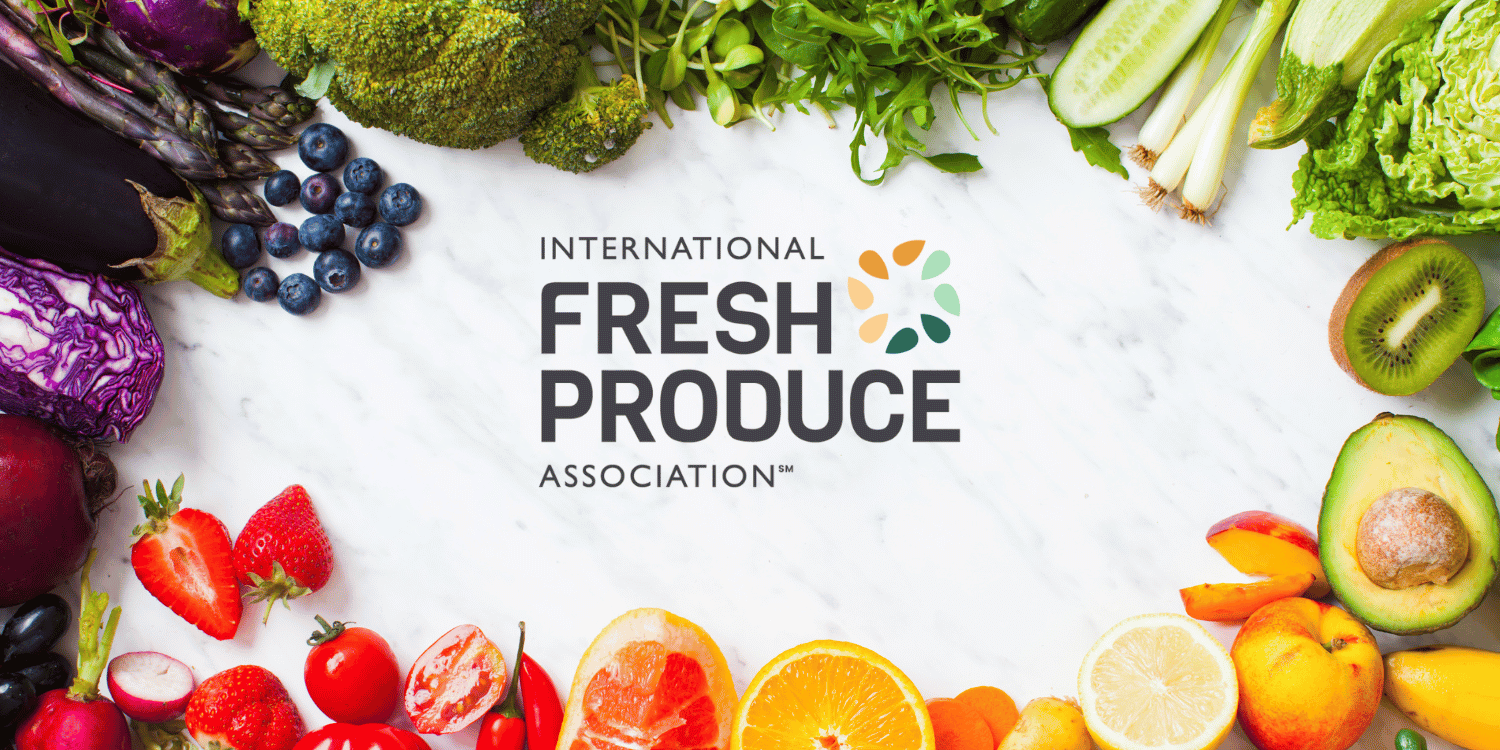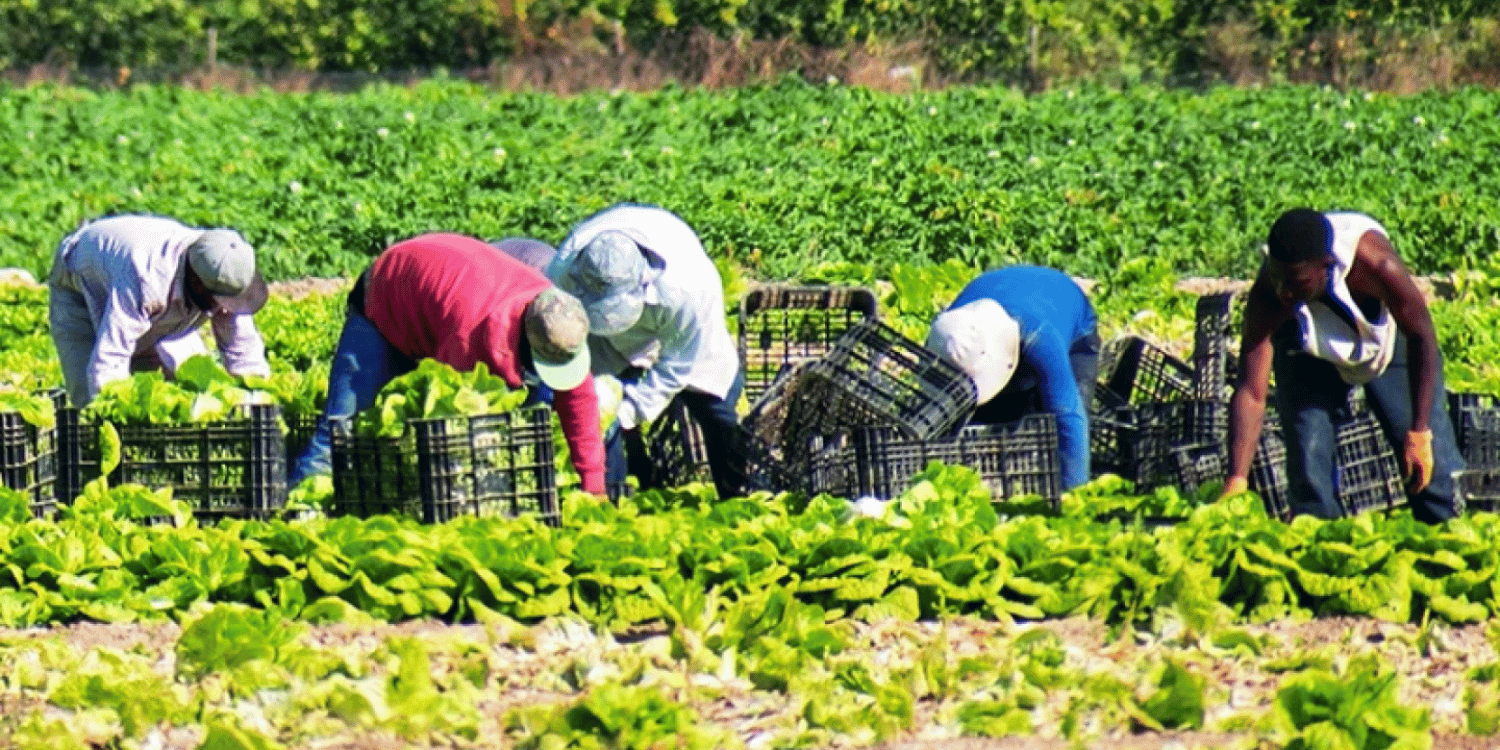Understanding international export regulations for fresh produce can be a complex process.
Despite the challenges, it is an essential aspect of global agriculture trade.
This process ensures the shipment of safe and quality products to consumers worldwide.
Businesses must be well-versed with these regulations to avoid legal complications and potential losses.
This write-up seeks to shed light on the intricacies of these rules.
We aim to offer valuable insight to help businesses more efficiently and effectively meet these standards.
- Understand import laws of the receiving country.
- Obtain necessary export permits and licenses.
- Comprehend export documentation requirements thoroughly.
- Adhere to packaging and labeling standards.
- Keep abreast with changing tariff rates and taxes.
While this overview sheds light upon the basic principles of how to navigate export regulations for fresh produce, it is merely the tip of the iceberg.
It is crucial for us to consider other related topics as well, such as understanding the specifics of food safety regulations or acquainting ourselves with global trade agreements and its impact on exporting fresh produce.
These upcoming sections hold invaluable insights that will not only broaden your horizons but will also prepare you to navigate the complex world of international trade in the fresh produce industry.
Hence, do continue, as the following sections are set to offer you pertinent and practical knowledge to help you master the art of exporting fresh produce efficiently and effectively.
Contents
- Tips For Navigating Export Regulations For Fresh Produce
- 1. Research the Import Laws of Destination Country
- 2. Obtain Necessary Permits and Licenses
- 3. Familiarize with Export Documentation Requirements
- 4. Follow Packaging and Labeling Standards
- 5. Stay updated with tariff rates and taxes
- 6. Ensure Produce Meets Phytosanitary Regulations
- 7. Secure Quality Inspections and Certifications
- The Bottom Line
Tips For Navigating Export Regulations For Fresh Produce
1. Research the Import Laws of Destination Country
In Short: Understanding and following the import laws of your destination country is crucial when expanding your fresh produce business internationally. Regularly reviewing these laws, aided by resources like government websites and trade lawyers, can help you avoid penalties and ensure your global success.
When planning to expand your fresh produce business outside the borders, understanding the import laws of your destination country is paramount.
These regulations vary significantly from one nation to another and play a key role in influencing international trade dynamics.
Import laws are formulated to protect the local industry, ensure consumer safety, and maintain environmental standards.
Ignorance or lack of understanding of these regulations may lead to losses and penalties.
Thorough research on the import laws is thus critical to your export strategy.
Tariffs, quotas, and various forms of border restrictions affect the ease with which fresh produce can be exported.
In some countries, certain types of produce are banned.
In such cases, exporting these items can result in heavy fines and legal repercussions.
Therefore, before planning to transport your produce to a specific country, comprehensive knowledge about prohibited items in such a country could be beneficial.
It is valuable to identify resources to aid in understanding these regulations.
Below is a list of potential resources that provide relevant information on import laws:
- Government websites: These sites usually give the most updated and reliable information on their country’s import laws.
- Trade lawyers: They can provide professional advice and guidance on complex trade laws and issues.
- Trade associations: These organisations can provide insights and valuable networking opportunities with other exporters and importers.
- International Chambers of Commerce: They can also provide useful insights and resources on import laws and other trade-related matters.
As well as researching, remember to regularly review your understanding of these laws.
They can change rapidly, due to changing political climates or international trade disputes.
Adapting to these changes accordingly can help you maintain a competitive edge in the international market.
At the end of the day, getting hands-on with the import laws of your destination country can significantly contribute to the success of your export endeavours.
It is not a matter of choice, but a significant step towards globalizing your fresh produce business.
2. Obtain Necessary Permits and Licenses
In Short: Obtaining the necessary permits and licenses is crucial when exporting fresh produce, protecting your business from fines and ensuring legal compliance. The requirements will vary based on the country of export and staying updated with changes can keep your businesses running smoothly.
When it comes to exporting fresh produce, one often overlooked yet critical step is obtaining the necessary permits and licenses.
Such permits often form a legal requirement and can protect your business from unnecessary fines or penalties.
The exact licenses required may vary depending on the specific country of export you are dealing with.
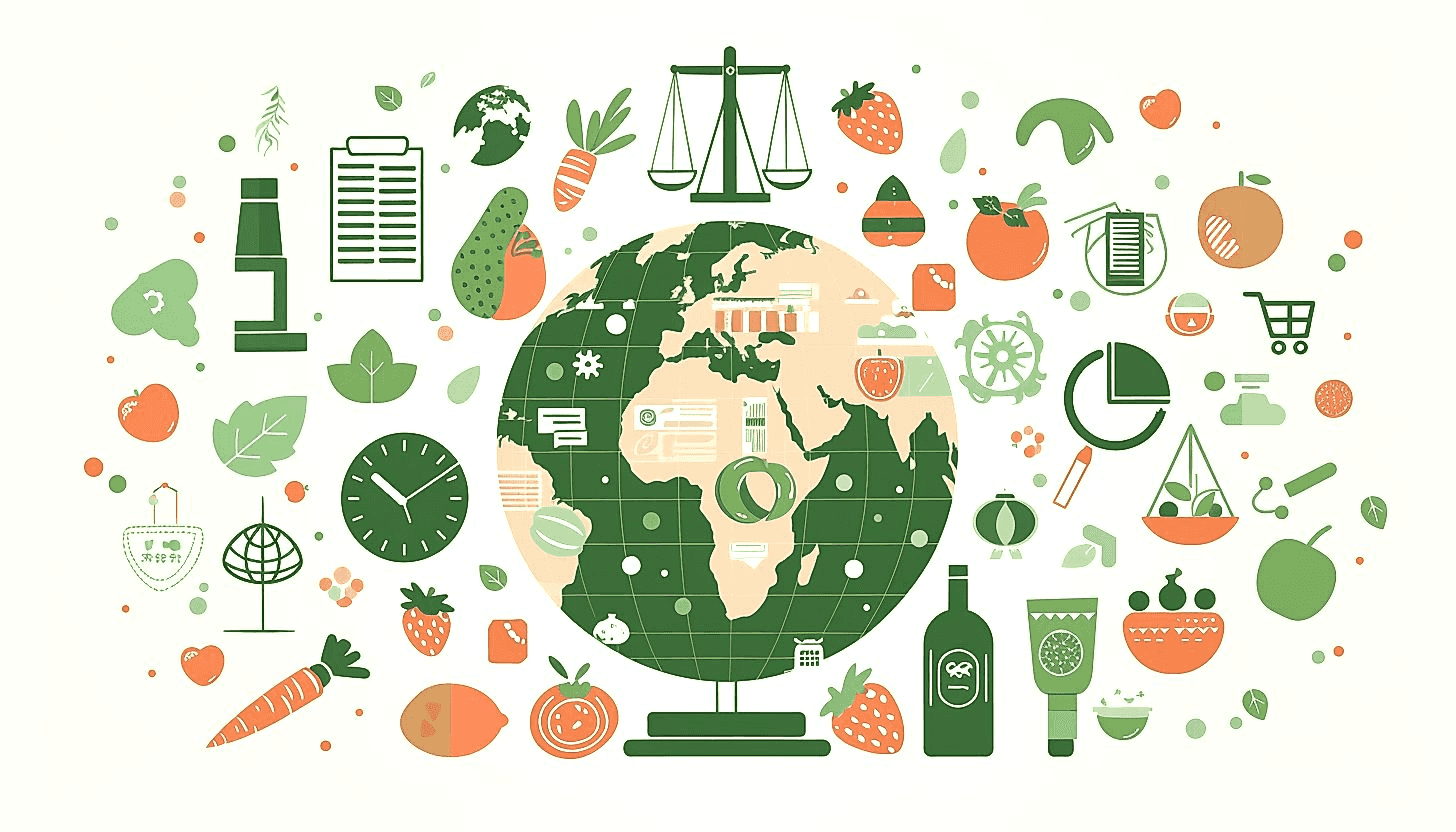
Meticulous planning and timely completion of all formalities will ensure your compliance with the laws related to international trade and export.
A quick internet search could provide a wealth of information on the basic licensing requirements for various countries.
Better still, enlisting the services of a professional export consultant can provide expert advice tailored to your specific needs and circumstances.
It’s also worth noting that export licenses are not just a once-off requirement, but may need to be renewed periodically.
As an exporter, staying updated with any changes in these regulations will help keep your business running smoothly without any hitches in your export operations.
However, licenses and permits are not the only requirements for exporting fresh produce.
They are part of a broader list of legal and logistical considerations that need careful planning and execution.
Here are some key considerations that might further help in this regard:
- Ensure that the fresh produce you are exporting meets the import quality standards of the destination country.
- The packaging and labeling should adhere to the standards of the destination country to avoid any hindrance in the delivery process.
- Stay updated with the changing tariff rates and taxes that can impact your cost calculations.
- Secure quality inspections and certifications to establish the trustworthiness and quality of your produce.
Obtaining necessary permits and certificates not only ensure legal compliance but also contribute to building a reliable and trustworthy brand image for your fresh produce.
Essentially, navigating through the many aspects of export regulations may be challenging, but it is not impossible.
With meticulous planning and taking a step-by-step approach, one can ensure the fresh produce exports are in perfect alignment with the legal requisite, ultimately reaping the bountiful benefits of international trade.
3. Familiarize with Export Documentation Requirements
In Short: Exporting fresh produce internationally necessitates complying with various documentation requirements that confirm the credibility of the exporter, origin of the product, and goods’ importation eligibility. Understanding and meeting these requirements, which include bills of lading, phytosanitary certificates, and insurance certificates, is crucial to avoid delays and ensure smooth export procedures.
Exporting fresh produce internationally involves dealing with a range of documentary requirements.
Indeed, these documents are generally needed to verify important elements such as the credibility of the exporter, the origin of the product, and most importantly, if the concerned goods are eligible for importation.
It is noteworthy that navigating through the procedures of exports can provide a daunting experience, especially for first-time exporters, due to the rigorous export documentation operations.
These operations often require a plethora of specifications, and they vary significantly depending on the destination country.
Therefore, it would be a prudent act to familiarize with the documentation requirements related to your intended exportation target.
Being knowledgeable about these requirements essentially eliminates the chance of unnecessary delays, which could have otherwise resulted in the spoiling of your fresh produce.
Hence, experiencing a bad start on the international exportation journey.
Important procedures that revolve around export documentation include bills of lading, phytosanitary certificates, and even insurance certificates.
Here is a list of key points to bear in mind about export documentation:
- Bill of Lading: Serving as a contract, a bill of lading details the exact nature, quantity, and destination of the goods you intend to export.
- Phytosanitary Certificate: This certificate is important for fresh produce exporters. It certifies that your products have been inspected and are free from harmful pests and diseases.
- Insurance Certificate: This document provides evidence of insurance coverage for your exported commodities. It is important especially when you are dealing with perishable goods like fresh produce.
But equally important to understand is that different countries might have a varied approach to these regulations, hence why it’s critical to ensure that your grasp of these requirements is specific to the target destination of the exports.
Obtaining this specificity not only establishes an initial foundation of trust with the importers, but also helps in building a resilient reputation as a credible exporter in the international marketplace.
Furthermore, a comprehensive understanding of documentation requirements drastically reduces the chance of facing unpredictable obstacles, as it essentially serves as a map towards achieving a smooth exporting procedure.
Pro Tip: To avoid unnecessary delays and establish credibility in the international marketplace, familiarize yourself with the specific export documentation requirements of your target destination, including important procedures like bills of lading, phytosanitary certificates, and insurance certificates.
Your persistence in becoming well-versed with the documentation aspect of exporting fresh produce will undeniably yield favorable results, contributing significantly to the prosperous business growth you aim for.
So talk more about understanding the documentation requisites, and let your exporting journey be a rewarding one!
4. Follow Packaging and Labeling Standards
In Short: Adherence to packaging and labeling standards is crucial in the export of fresh produce for successful overseas business, serving both practical and marketing purposes, along with ensuring product protection during transit and compliance with importing countries’ regulations. Proper packaging should be durable, cost-effective, compliant, and eco-friendly, while accurate labeling, providing clear product information, aids in smooth customs procedures and builds consumer trust.
When engaging in exportation of fresh produce, it’s essential to give particular attention to how your commodities are wrapped and presented. Proper application of packaging and labeling standards can significantly influence your business’ success in overseas markets.
Don’t forget, the quality of your package communicates to importers and consumers about the quality of your produce within. Hence, packaging serves not only a practical role but has implications on a marketing level as well.
Your packaging should be capable of protecting your produce from damages during the transportation process. It needs to be sturdy enough to withstand the rigorous and varying conditions such as changes in temperature and pressure, high humidity, and potential bruises from handling and transportation. Moreover, packaging needs also to be compliant with any specific regulations in the target country. Some countries might have forbidden certain materials in packaging due to health or environmental concerns.
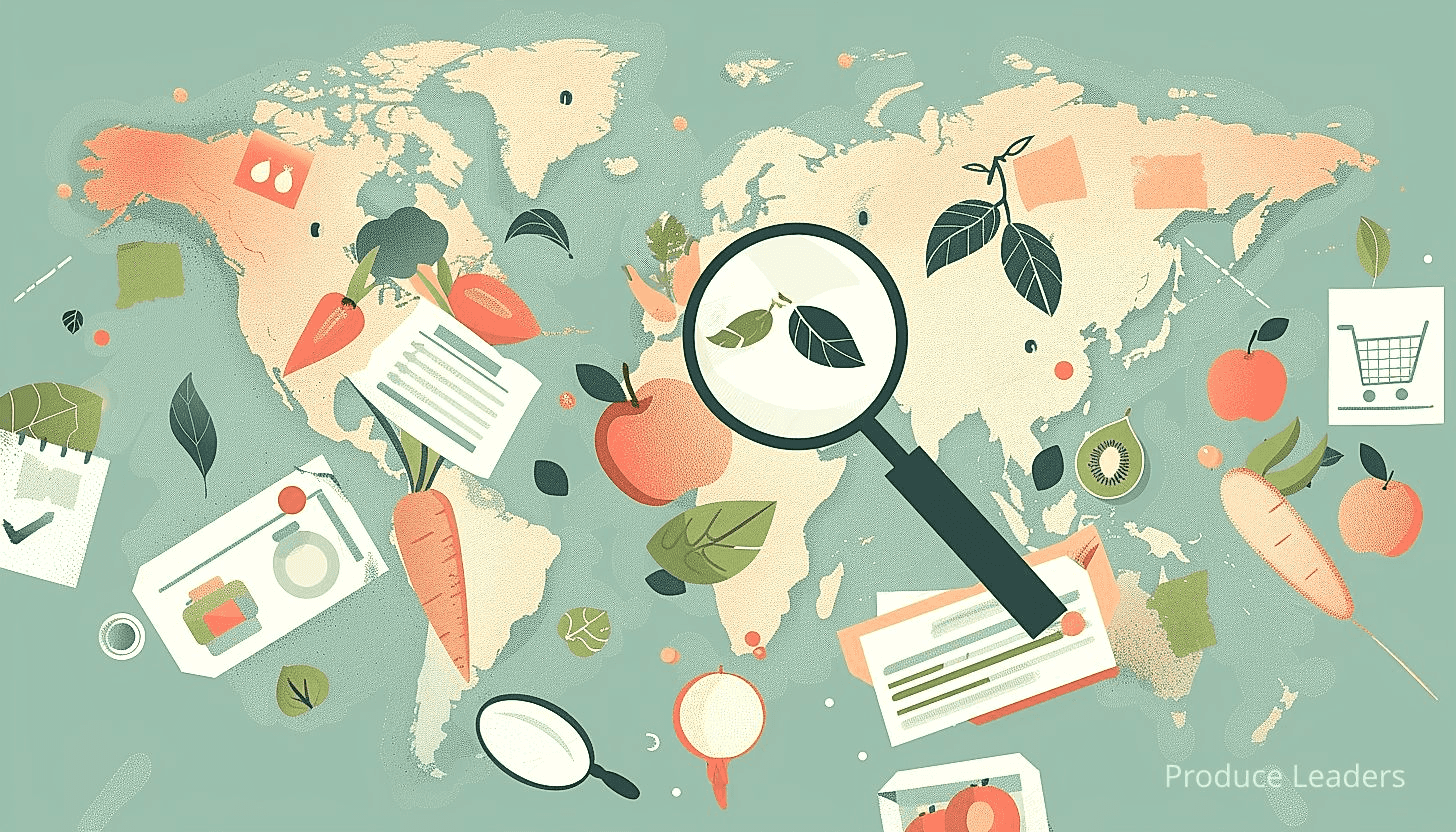
Let me tell you, you may be thinking, what is necessary for ideal packaging? Here are a few key considerations:
- Durability – It needs to withstand not only the travel but also the loading and unloading processes.
- Regulation compliance – Must be free from any substances strictly regulated in the importing countries.
- Cost – It needs to be economically feasible to maintain your profit margin.
- Environmentally friendly – Should reduce, reuse, or recycle packaging materials whenever possible.
The other side of following these standards is the need for clear, informative, and accurate labeling. This is an equally crucial aspect of the packaging process. Labels serve as the primary source of product information for the importer, retailers, and end consumers. They may include details like the product’s name, ingredients, origin, shelf life, storage instructions, and barcode.
In addition, labels enable customs officials to identify your product and to verify its compliance with local regulations. Labeled goods provide them with visibility of the product’s journey from its origin to its final destination. Accurate labeling also mitigates the risk of your products being held up in customs due to misclassification or other violations.
Important: Proper application of packaging and labeling standards is essential for the success of your business in overseas markets, as it not only protects the produce during transportation, but also communicates product details and quality to importers, retailers, and consumers, adheres to specific regulations, and promotes trust in your products.
A noticeable trend in the fresh produce industry across the globe is the demand for full transparency in the food chain. Consumers across different demographics are more likely to choose produce with clear labeling that indicates the origin, nutritional content, and other important details about the food. Not only does this empower the consumer, but it also builds a level of trust in your produce.
As we all know, proper packaging and labeling practice is not to be underestimated. Each packet of your fresh fruits and vegetables carries your reputation across international borders. It not only safeguards the quality of your commodities but also assures your end consumers of its authenticity and value.
5. Stay updated with tariff rates and taxes
In Short: Understanding and staying updated with fluctuating tariff rates and taxes is crucial for exporters to avoid unexpected costs and legal complications. Accessible sources of this information include government websites, International Trade Centre, customs brokers, and trade associations.
Navigating through the complex world of exporting fresh produce can be quite a challenge, especially for those who are new in this field. Central to this process and its success is the need to stay up-to-date with the ever-changing tariff rates and taxes that exist in various countries around the world.
The term ‘tariff’ refers to the taxes or duties that are placed on imported goods. The rates at which these tariffs are set can vary greatly from one country to another, and even from one product to another within the same country.
Remaining diligent and informed about these changes can save exporters from unexpected costs, delays, or even legal complications. This is why constantly updating yourself about tariff rates and taxes is a highly necessary step in the exporting business.
It’s important to note that tariff rates and taxes are not static. They fluctuate based on political, economic, and trade-related factors among nations. For instance, international trade agreements, political relationships between countries, or economic conditions can trigger a shift in these charges.
This underscores the significance of always staying tuned into news about trade relations, regulatory changes, and economic forecasts. By keeping abreast of these developments, exporters can anticipate changes and adapt their strategies accordingly.
For ease and efficiency, there are several ways to find updated information about tariff rates and taxes. Here are some of them:
- Government websites: Most countries’ customs or trade departments have websites that provide up-to-date information on tariffs and taxes. Such sites stand as an authentic source of information and should be regularly consulted.
- International Trade Centre (ITC): As a joint agency of the World Trade Organization (WTO) and the United Nations, the ITC has a comprehensive database of tariffs and trade data for all WTO member countries.
- Customs Broker: Engaging a professional customs broker can be of great help in navigating foreign customs regulations and staying updated with tariff rates and taxes. They can provide valuable insights and guidance to help simplify this complex process.
- Trade Associations: Trade associations can offer information on trade tariffs and taxes, as well as other pertinent export and import information. Membership with these organizations can provide additional benefits and resources.
While the importance of staying updated with tariff rates and taxes may seem overwhelming at first, it’s worth noting that familiarizing oneself with these essential aspects of international trade can offer significant benefits.
By being proactive and strategic in planning and forecasting, exporters can avoid unnecessary costs, enhance their competitive edge, and make their business more profitable in the long run. After all, understanding and applying tariff rates and taxes effectively is a key part of successful exporting.
Therefore, constantly researching, learning, and updating knowledge about the changing landscape of tariffs and taxes is no mere optional task, but a crucial necessity for anyone involved in the export of fresh produce. Proper knowledge of tariff rates and taxes can greatly contribute to the smooth operation and success of an exporter’s business.
6. Ensure Produce Meets Phytosanitary Regulations
In Short: Phytosanitary regulations, set up by the International Plant Protection Convention, require fresh produce exporters to maintain certain health standards, including cleanliness and disease-free conditions, to prevent spread of pests and diseases. In order to conform to these regulations, producers should maintain hygienic farming practices, understand destination-country specific requirements, invest in regular inspections, apply for phytosanitary certificates and stay updated with innovative farming methods, regularizations, and quality controls.
Getting deeper into the world of exporting fresh produce, the concept of phytosanitary regulations rings a bell. While other aspects of the trade process, such as documentations and permits, are equally important, non-compliance to phytosanitary regulations can halt the exportation process and even result in financial losses.
Phytosanitary regulations are basically health standards to which countries require all imported fresh produce to conform. They are set up by the International Plant Protection Convention (IPPC), and are enforced by each country’s national plant protection organization to prevent the introduction and spread of pests and diseases.
To ensure conformity to these regulations, producers must prioritize the cleanliness and disease-freeness of their products. Crops must be grown in suitable, disease-free soil, and equipment used for cultivation and harvesting must be frequently sanitized to prevent any pathological agents from contaminating the produce.
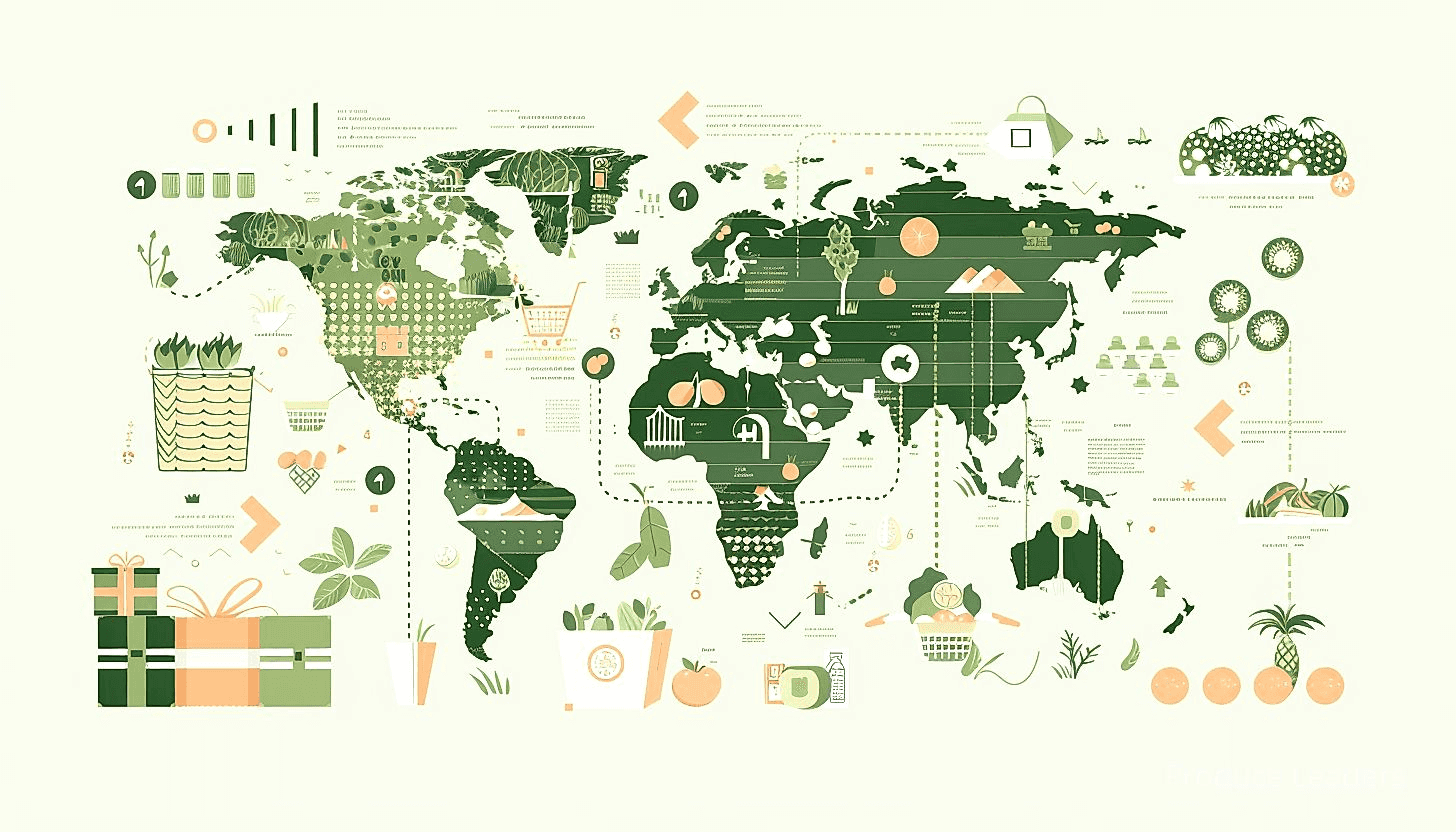
Your produce will also undergo phytosanitary inspections at ports of entry in the destination country to confirm that they are not infested with harmful organisms. Therefore, passing these inspections is a must for successful exporting.
In the light of these facts, here are some steps you can follow to ensure your produce meets phytosanitary regulations:
- Always maintain clean and hygienic farming practices
- Get to know the specific phytosanitary requirements of your destination country
- Invest in regular inspections and disease monitoring systems
- Apply for a phytosanitary certificate from your local plant protection organization.
Also, keep in mind that the specifics of these regulations can vary from one country to another. Depending on where you are exporting to, there may be certain types of produce that are banned due to risks of importing specific pests or diseases. Therefore, it is crucial to do your own research and consult with professionals to gain a thorough understanding of these regulations and how to best adhere to them.
There are also training programs available to help exporters familiarize themselves with the details of phytosanitary requirements. These programs can provide valuable insights and can considerably reduce the risk of rejection upon inspection.
Pro Tip: To ensure successful export of your produce, always adhere to phytosanitary regulations, maintain clean farming practices, know your destination’s requirements, regularly inspect and monitor for diseases, and secure a phytosanitary certificate.
Moreover, for your convenience and better understanding, there are phytosanitary guides and tools available online to help you in your phytosanitary endeavours. Some examples include the IPPC’s International Standards for Phytosanitary Measures (ISPMs) and the National Plant Board’s phytosanitary export database.
If you can successfully navigate through these strict regulations and ensure that your fresh produce meets the required sanitariness, then you are one step closer to becoming a successful exporter. Keep up with the usage of innovative farming methods, quality controls and regularizations to make your fresh produce globally accepted.
7. Secure Quality Inspections and Certifications
In Short: Securing quality inspections and certifications is crucial when exporting fresh produce as it validates the standard and quality of products. Understanding and meeting each country’s export requirements and securing certifications like Phytosanitary Inspection, Organic Certification, and Fairtrade Certification not only ensures compliance but also enhances market appeal and consumer trust.
When it comes to the export of fresh produce, securing quality inspections and certifications is an absolute necessity.
These inspections and certifications serve as a gauge of the standard and quality of your produce.
The high-quality standards enforced by importing countries often require an exhaustive check of the product, from farm to fork.
Different countries may have different inspection requirements and certifications.
As such, it is necessary to understand what each country requires and to ensure your fresh produce meets these requirements.
Many countries require fresh produce to have certain certifications.
A good example would be, some countries require that fresh produce has a Global GAP Certificate, which certifies that the produce was farmed in a way that is healthy, safe, and respects the well-being of workers and animals, as well as the environment.
Acquiring this certification is a testament to the excellence of your product.
Inspection and certification organizations have thorough procedures to ensure that what they certify truly upholds the standards.
They require detailed documentation and they conduct extensive tests and scrutiny of every process that concerns the produce.
This is why it is your responsibility as an exporter to supply all the necessary information and documentation asked for by these organizations.
Here are some of the common inspections and certifications required for exporting fresh produce:
- Phytosanitary Inspection: This inspection looks for things like pests and diseases that may affect the destination country’s flora.
- Organic Certification: This certification ensures that the produce has been grown organically, free of chemicals and pesticides.
- Fairtrade Certification: This certification ensures that the workers are paid fairly and that farms are sustainable.
Securing inspections and certifications is not just about compliance but also about maintaining the quality benchmark for your product.
Having the proper certifications represents your commitment to excellence and directly affects your market appeal.
Important: Securing quality inspections and certifications is crucial when exporting fresh produce as it not only ensures compliance, but maintains your product’s quality benchmark, embodies your commitment to excellence, and plays a vital role in building consumer trust.
Furthermore, these certifications also serve as a vehicle of trust for consumers in the importing country.
In the end, navigating export regulations for fresh produce is a complex task, but the objective remains the same – getting the best quality produce from its origin to consumers across the world, safely and consistently.
The Bottom Line
Understanding and complying with export regulations is key to successful fresh produce trade.
The complexities associated with these regulations may be daunting, but with careful planning and detailed knowledge, they can be navigated effectively.
Utilizing necessary resources such as regulatory bodies and trade agencies, as well as creating practical strategies, like developing a strong relationship with importers and ensuring quality control, will prove invaluable.
The key is to remain informed and adaptable in the face of any potential regulatory change or trade challenge, ensuring the steady flow of fresh produce in international markets.
Therefore, the ultimate success in the export business of fresh produce lies in thoroughly understanding, diligently complying with, and effectively navigating these export regulations.






